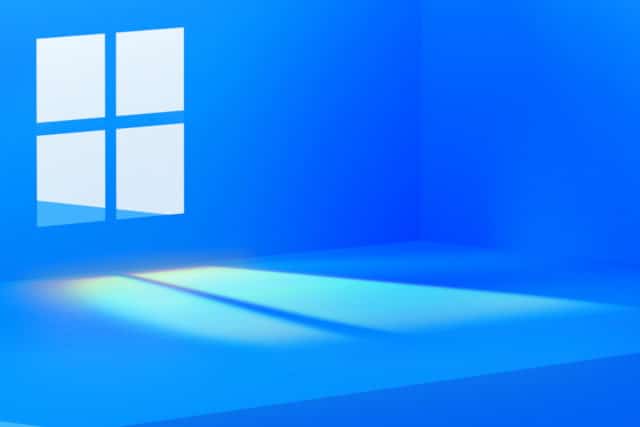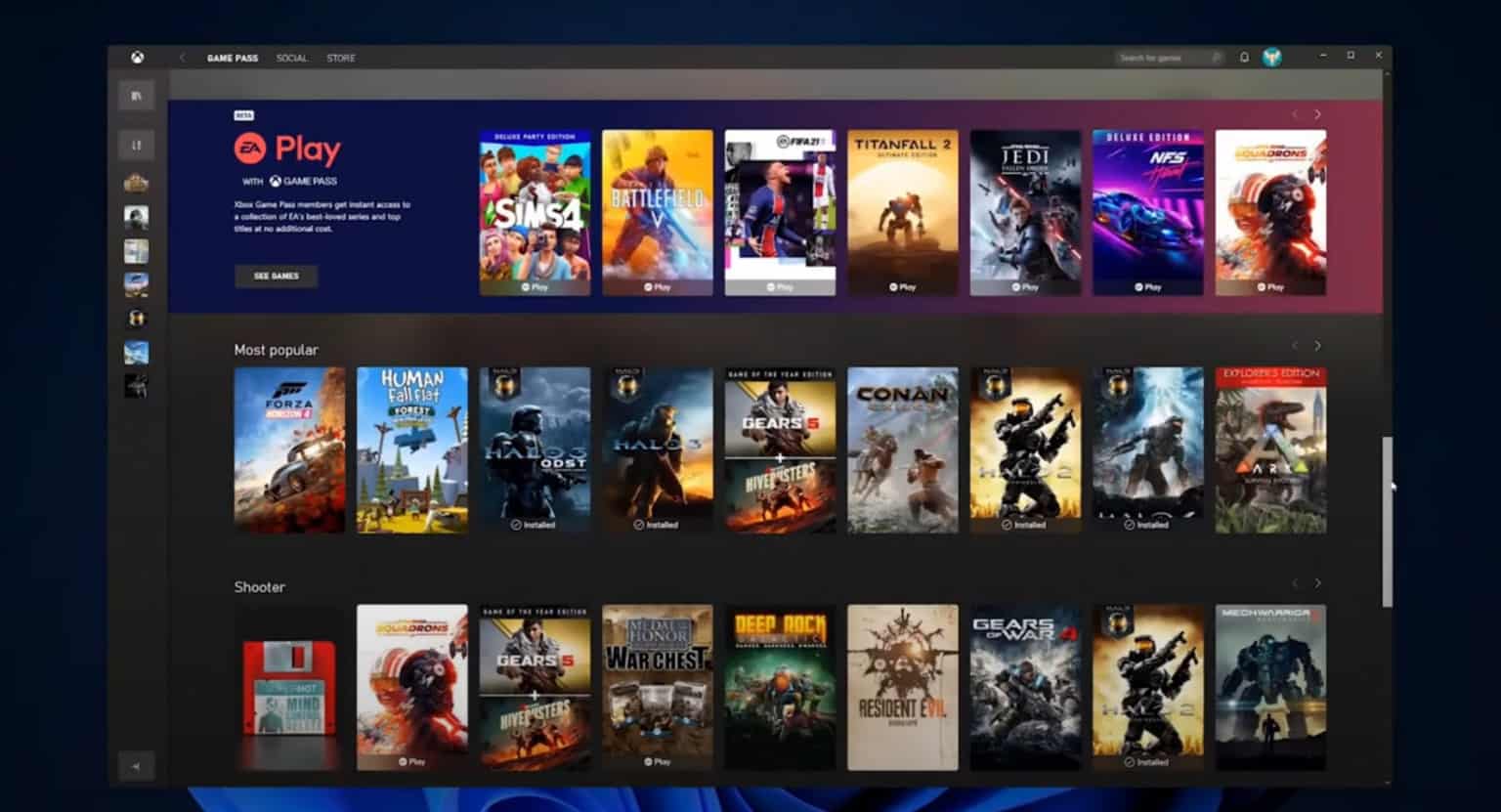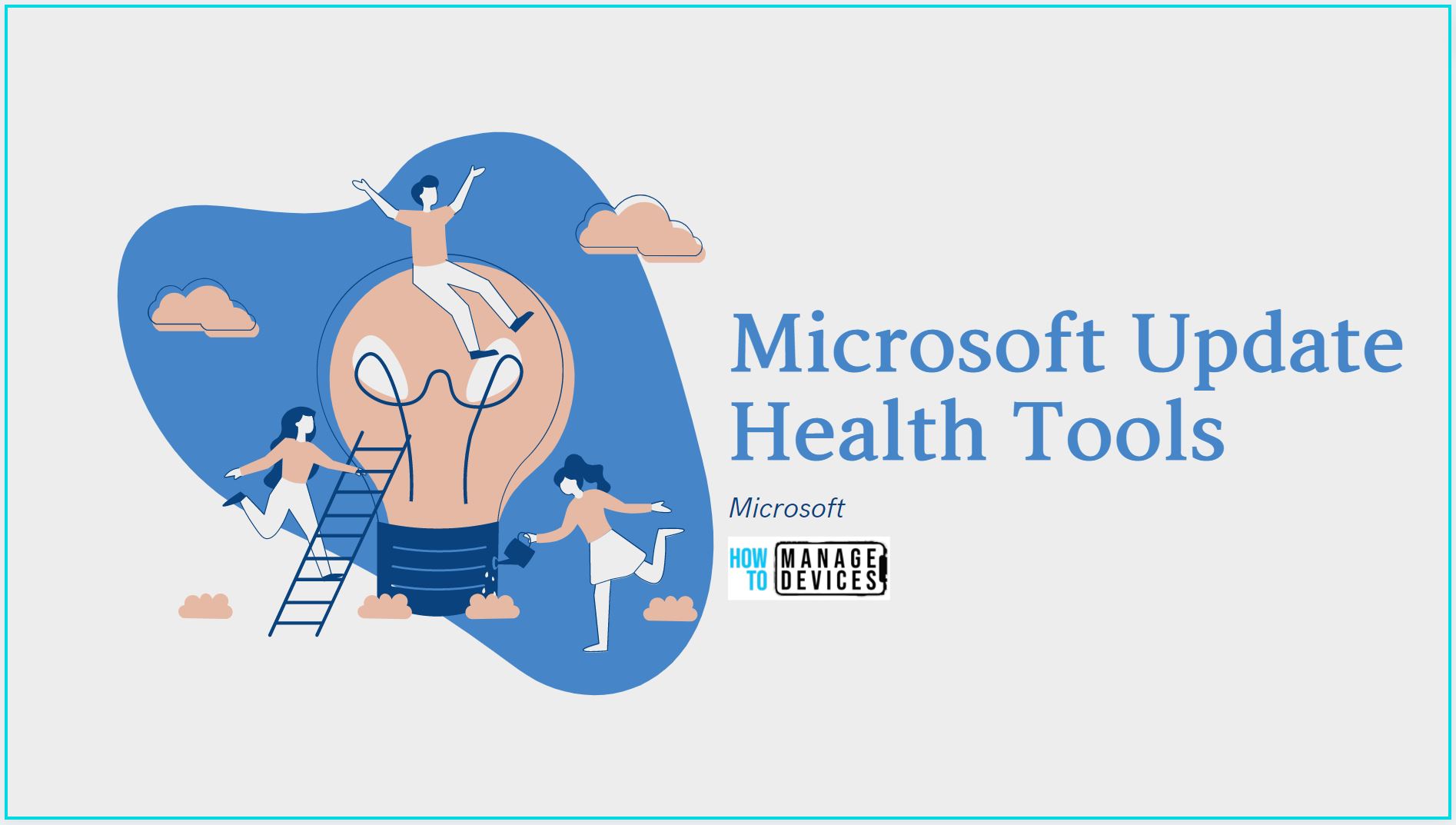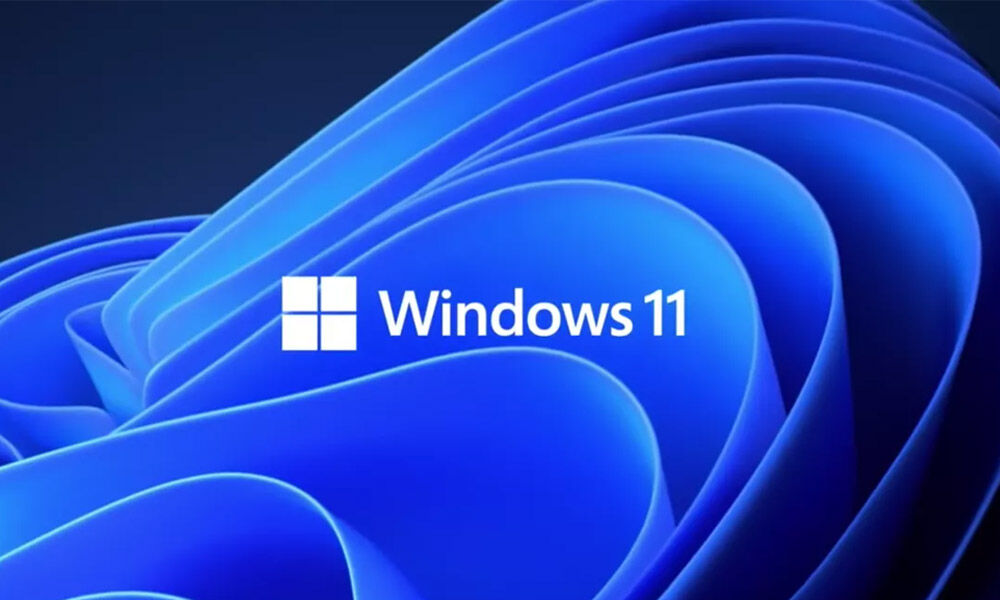If your existing Windows 10 PC is running Windows 10 20H1 or later and meets the minimum hardware specificationsit will be able to upgrade to Windows 11. The upgrade rollout plan is still being finalized, but for most devices already in use today, we expect it to be ready sometime in early 2022. Not all Windows 10 PCs that are eligible to upgrade will be offered to upgrade at the same time. To see if your PC is eligible to upgrade, refer to our knowledge base for a list of tested systems. Once the upgrade rollout has started, you can check if it is ready for your device by going to Settings/Windows Updates. Similar to how end users are notified when updates are available in Windows 10, end users will see an indication in the notification areas of the taskbar in the bottom right, that the upgrade is available.
More information on how that is presented will be available at a later date. Additional desktop notification options may be also be added at a later date. Warren noted that he rarely used the Widgets panel or Microsoft Teams, citing that he preferred the weather display that later versions of Windows 10 offered, and didn't use Teams to communicate with his friends and family. He also acknowledged the expansion of Microsoft Store to include more "traditional" desktop applications.
Overall, he concluded that "I wouldn't rush out to upgrade to Windows 11, but I also wouldn't avoid it. After all, Windows 11 still feels familiar and underneath all the UI changes, it's the same Windows we've had for decades." If your existing Windows 10 PC is running Windows 10 20H1 or later and meets the minimum hardware specifications it will be able to upgrade to Windows 11. To see if your PC is eligible to upgrade, refer to the specifications here. Cunningham concluded that "as I've dug into and learned its ins and outs for this review, I've warmed to it more", but argued that the OS was facing similar "public perception" issues to Windows Vista and Windows 8.
Internet Explorer has been replaced by the Chromium-based Microsoft Edge as the default web browser, and Microsoft Teams is integrated into the Windows shell. Microsoft also announced plans to allow more flexibility in software that can be distributed via Microsoft Store, and to support Android apps on Windows 11 . A redesigned user interface is present frequently throughout the operating system, building upon Fluent Design System; translucency, shadows, a new color palette, and rounded geometry are prevalent throughout the UI. A prevalent aspect of the design is an appearance known as "Mica", described as an "opaque, dynamic material that incorporates theme and desktop wallpaper to paint the background of long-lived windows such as apps and settings".
In October 2019, Microsoft announced "Windows 10X", a future edition of Windows 10 designed exclusively for dual-touchscreen devices such as the then-upcoming Surface Neo. Legacy Windows applications would also be required to run in "containers" to ensure performance and power optimization. Microsoft stated that it planned to release Windows 10X devices by the end of 2020. Microsoft does not recommend downloading Windows 11 on PCs that do not meet its standards, such as minimum 4GB of RAM, 64GB storage, TPM chips, and supported processors. Windows 11 will not come as an automatic update for unsupported devices, but users will be able to download it off the web.
Microsoft has an app called PC Health Check, which can be used to determine if a PC is ready for Windows 11. Some PCs also have TPM chips installed but disabled and you can turn them on by going into your BIOS settings. Original equipment manufacturers can still ship computers without a TPM 2.0 coprocessor upon Microsoft's approval. Devices with unsupported processors are not blocked from installing or running Windows 11; however, a clean install or upgrade using ISO installation media must be performed as Windows Update will not offer an upgrade from Windows 10.
Some third-party software may refuse to run on unsupported configurations of Windows 11. Minor complaints aside, we like to see Microsoft giving its marquee software some attention. For the last few years, the company has focused more on its Azure cloud computing services—justifiably given that business's profitability.
Windows 11 brings slick new looks, useful new tools, updated default apps, extra capabilities, and performance advances. Perhaps that's enough to lure away some Chrome OS users or Mac users. Regardless, it's still early days for the desktop OS that's used on 1.3 billion PCs, so we look forward to Microsoft fine-tuning and perfecting Windows 11's design in future updates. Anyone with one of the newer chips should have no trouble installing Windows 11 via Windows Update. Microsoft made a downloadable ISO disk image file for the beta Insider version available for installing Windows 11, allowing in-place upgrades or clean installations on a PC or in a virtual machine. A similar installation option is now available for the release version of Windows 11 via the Microsoft's Download Windows 11 page.
Some sources have reported that installing the OS with the ISO installer bypasses the system's hardware requirements, but that's not advisable as you may not get future OS updates if you install it on unsupported hardware. If the Microsoft Surface family of products isn't your style though, other brands like Dell, Asus and HP have all released pages online that specify what devices are Windows 11 ready. Note that many won't come with the new operating system installed, but as they all meet the minimum system requirements, you can simply buy the laptop or 2-in-1 as normal and then update it yourself. Windows 11 is the first version update to the most widely used PC operating system in the world in more than five years.
The operating system can be purchased and users may also upgrade to Windows 11 from their Windows 10 devices, provided that these are compatible. The upgrade will be offered to "seekers" only, administrators who click on the check for updates button in Windows Updates. Perhaps the most important thing to know about the release of Windows 11 is that we should expect it to change significantly over the next few years. I've been using beta versions of Windows 11 for a month in the lead-up to writing this review, and it seems like every few days there's a minor new feature or redesigned app to check out. We may not see that feature fully realized in Windows until next year.
You can refer to our knowledge base for a list of tested systems to determine if your device eligible to upgrade to Windows -11. Many PCs that are less than four years old will be able to upgrade to Windows 11. They must be running 20H1 or later version of Windows 10 and meet the minimum hardware requirements to receive the Windows 11 upgrade. You can use the PC Health Check app to determine if your device is eligible to upgrade to New Windows.
Many PCs that are less than four years old will be able to upgrade to New Windows. They must be running the most current version of Windows 10 and meet the minimum hardware requirements. At least 16GB of RAM The basic system requirements of Windows 11 differ significantly from Windows 10. Windows 11 only supports 64-bit systems such as those using an x86-64 or ARM64 processor; IA-32 processors are no longer supported. Thus, Windows 11 is the first ever consumer version of Windows not to support 32-bit processors and 16-bit software .
The minimum RAM and storage requirements were also increased; Windows 11 now requires at least 4GB of RAM and 64GB of storage. The compatibility list includes the Intel Core i7-7820HQ, a seventh-generation processor used by the Surface Studio 2, although only on devices that shipped with DCH-based drivers. As part of the minimum system requirements, Windows 11 only runs on devices with a Trusted Platform Module 2.0 security coprocessor. According to Microsoft, the TPM 2.0 coprocessor is a "critical building block" for protection against firmware and hardware attacks.
In addition, Microsoft now requires devices with Windows 11 to include virtualization-based security , hypervisor-protected code integrity , and Secure Boot built-in and enabled by default. The operating system also features hardware-enforced stack protection for supported Intel and AMD processors for protection against zero-day exploits. Task View, a feature introduced in Windows 10, features a refreshed design, and supports giving separate wallpapers to each virtual desktop. When a display is disconnected in a multi-monitor configuration, the windows that were previously on that display will be minimized rather than automatically moved to the main display.
If the same display is reconnected, the windows are restored to their prior location. In January 2021, it was reported that a job listing referring to a "sweeping visual rejuvenation of Windows" had been posted by Microsoft. A visual refresh for Windows, developed under the codename "Sun Valley", was reportedly set to re-design the system's user interface. Citing security considerations, the system requirements for Windows 11 were increased over Windows 10.
While the OS can be installed on unsupported processors, Microsoft does not guarantee the availability of updates. Windows 11 also drops support for 32-bit x86 CPUs and devices which use BIOS firmware. Windows 11, unfortunately, ditches a couple of its best tablet- and touch-friendly features.
Most importantly, you can no longer swipe in from the left to open the task-switching view, a gesture I use all the time on my Surface Go tablet. This omission is less of a big deal because you can still hit the X in the window's upper right corner as you'd do in desktop mode. Again, though, for a handheld device, the down-swipe is more direct and requires less dexterity. There are, however, new three-finger swipe gestures to show the Task View and to minimize and app on the desktop.
And you can, of course, use the Task View button in the Taskbar, but that's not as immediate as a swipe of the thumb. I'd argue that switching tasks is more important to tablet users than accessing Widgets, the new result of that gesture, too. If you haven't yet made the upgrade, there are plenty of reasons to hop onto the bandwagon. In this article, we'll discuss how to download and install Windows 11. Instead, if you already have a genuine version of Windows 10 installed on your device, we'll explain how to do a free upgrade to Windows 11.
Microsoft unveiled its upcoming operating system last week and things started to get confusing right from the get-go. The company released a program, the PC Health Check tool, that reveals if a device is compatible with Windows 11. Many devices that users tested were not compatible because if stricter processor and TPM requirements.
12 Windows 11 system requirements13 How to install Windows 1114 Windows 11 launch date15 F.A.Q. Microsoft's Windows 11 launch news has been something of a mixed bag. On one hand, the latest version of Windows looks promising with big improvements to its UI and under the hood enhancements said to deliver 40 percent better performance. On the other hand, there has been a lot of confusion and disappointment among some users with relatively new machines who don't appear to be eligible to upgrade at all due to strict new requirements. In all likelihood, we would expect Microsoft to continue with the path it started walking down on in 2015.
Windows 11, or whatever it is called, will be a free upgrade at least for PCs running Windows 10. There may be some routes for upgrading Windows 8.1 and Windows 7 machines, specifications and hardware permitting. It is unlikely that Microsoft would want to be seen making upgrades difficult for customers, at a time when Mac users have it incredibly easy with macOS updates. The timing is such, Windows 11 after all its testing, will likely roll out in Fall this year.
That is when this year's big macOS update, called macOS Monterey, will also be rolling out for Mac users. Windows 11 SE has the exact same minimum requirements as Windows 11. It's not imperative that you upgrade your system to Windows in the next couple of weeks, or even months. According to Microsoft's own lifecycle website, Windows 10 Home, Pro and Enterprise editions will continue to be supported by Microsoft until October 2025; your device will get essential security updates for another four years. For many people, that's about the time to upgrade to a newer device, one that will come with Windows 11 already installed. After the launch, Windows 11 price is on every person's mind who uses a Microsoft Windows operating system on their computers and laptops.
From an individual who is out to have some fun, to a professional looking to make making money an easier process, there is something new there for everyone. Yes, indeed, Windows 11 has got the world talking about it, but nothing has got more attention than the price - even more so than the speculation about its launch date . If your PC sits more towards those minimum specifications, you'll get a lesser feature set and performance bump.
You will get the benefit of longer rolling security updates, but it may be worth sticking with Windows 10 through the rest of your PC's service life before upgrading to a new PC. That new PC will almost inevitably come with Windows 11 pre-installed and fully supported anyway. Most Windows 10 PCs currently being sold will be able to upgrade to New Windows. For the PC to be able to upgrade to New Windows, it must meet the minimum hardware specifications and specific hardware is required for some features found here.
The upgrade rollout plan is still being finalised but is scheduled to begin late in 2021 and continue into 2022. If the product key is recognized, you'll see a message letting you know you're upgrading your version of Windows. Before you start, ensure you've saved your work and any important files and close any open apps. Windows 11 SE was announced on November 9, 2021, as an edition exclusively for low-end devices sold in the education market, and a successor to Windows 10 S.
It is bundled with applications such as Microsoft Office for Microsoft 365, Minecraft Education Edition, and Flipgrid, while OneDrive is used to save files by default. Windows 11 SE does not include Microsoft Store; third-party software is provisioned or installed by administrators. Windows 11, the first major Windows release since 2015, builds upon its predecessor by revamping the user interface to follow Microsoft's new Fluent Design guidelines. The redesign, which focuses on ease of use and flexibility, comes alongside new productivity and social features and updates to security and accessibility, addressing some of the deficiencies of Windows 10. Windows still offers multiple virtual desktops, something I find incredibly useful for separating work apps and websites from personal ones.
I either hit Ctrl–Windows Key–Arrow to move back and forth between them or the Windows Key–Tab keyboard shortcut to choose one from Task View. With Windows 11, you can now use a four-finger swipe to move back and forth, something Mac users have long enjoyed, though only via trackpad rather than right on the screen. Also new is the ability to set different desktop backgrounds for each desktop. File Explorer is a good example of Windows 11's new look, particularly its updated left panel controls and folder icons.
Note the simplified ribbon along the top, which is far less busy and distracting than the previous File Explorer's. The New button at the top left works for new folders or documents supported by your apps, and the same viewing options for files are available. The overflow menu offers file compression, selection, and Properties options, as well as the old Folder Options dialog. The right-click context menus, which have grown longer and longer over the years, get shorter, smarter, and clearer in Windows 11. Microsoft continues to test new features and improvements after Windows 11 was released. It only tests the latest version of Windows with members who participate in the Windows Insider Program in the Dev, Beta and Release Preview channels.
The Beta and Release Preview channels offer admins and users a sneak peek at the end of the month of non-security updates that will arrive in the Patch Tuesday update, which falls on the second Tuesday of every month. You should have no concerns when it comes to buying a Windows 10 laptop or PC now, provided it's compatible with Windows 11. As GSMArena reports, Microsoft now offers users the choice to install Windows 11 when they're setting up an eligible Windows 10 device for the first time. And while we're hopeful that Microsoft is right and no key processes or tools should need to be changed, you still need to set up a lab and test your key processes and tools with Windows 11 devices.
You can start testing today with the beta version of Windows 11, and after October 5, with the public release version. The biggest change in Windows 11 is in the user interface and there are quite a few enhancements that help to advance the hybrid work experience. For instance, they have moved the Start button and taskbar to be center-aligned along the bottom of your screen instead of being on the left. However, the taskbar can be configured as left-aligned if preferred. If you're using Microsoft 365, the taskbar will also display your recent files to any device you are logged into.





























No comments:
Post a Comment
Note: Only a member of this blog may post a comment.